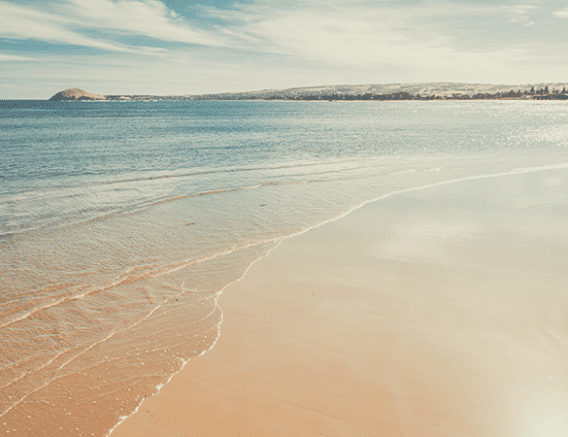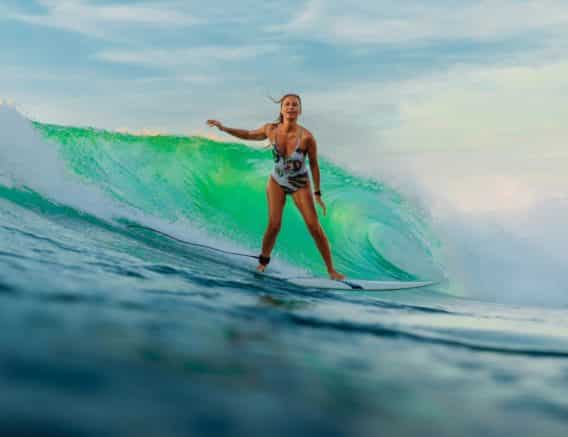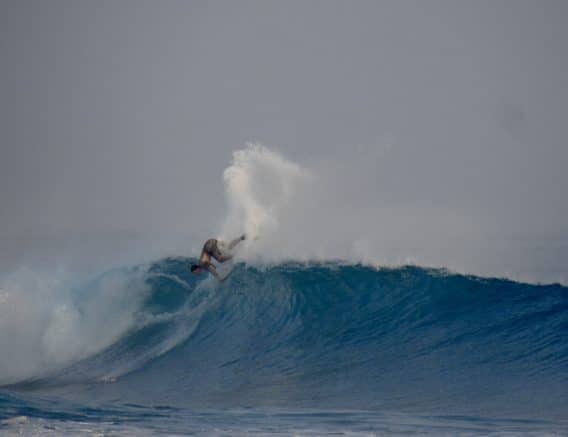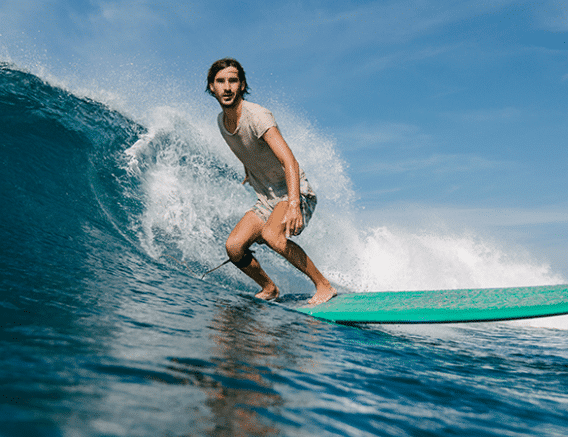Encuentro Beach: A Surfer’s Paradise in the Dominican Republic
Nestled along the stunning northern coastline of the Dominican Republic, Encuentro Beach is a hidden gem for surfers and beach lovers alike. This picturesque haven boa...

Surfing is not merely a sport; it is a way of life, a connection with the raw power of the ocean, and a dance with nature. At the heart of this thrilling activity lies the surfboard, an essential tool that has undergone a remarkable evolution over centuries. The history of surfboard design is a tale of creativity, innovation, and adaptability, reflecting the diverse cultures and unique challenges faced by surfers worldwide. From ancient Hawaiian “alaia” boards to modern high-tech wonders, let us take a ride through time to explore the fascinating journey of surfboard design.
1. The Origins: Alaia and Olo Boards
The birthplace of surfing lies in the warm waters of Hawaii, where the art of wave riding originated centuries ago. The first surfboards were simple wooden planks known as “alaia” boards, typically carved from koa, wiliwili, or other native hardwoods. These boards were relatively small and thin, measuring around 7 to 12 feet in length. Surfers had to possess great skill and balance to ride these boards, as they lacked the buoyancy of modern designs.
During the 19th century, the alaia boards evolved into the larger “olo” boards, reaching lengths of up to 24 feet. Reserved for Hawaiian royalty, these massive boards showcased the status and prowess of the rider. However, with the arrival of European explorers and missionaries in the early 1800s, surfing’s cultural significance dwindled, leading to a decline in traditional board craftsmanship.
2. Influence of the West: The Introduction of Longboards
In the early 20th century, surfing experienced a resurgence due to the efforts of Hawaiian surfers like Duke Kahanamoku, who popularized the sport in the United States and Australia. This resurgence marked the beginning of the modern era of surfboard design.
In the early 1900s, wooden longboards emerged as the prominent design, typically exceeding 10 feet in length. These boards featured a more refined shape, with a wider nose and tail for increased stability. Longboards revolutionized surfing, making it more accessible to a wider audience, and the sport began to spread beyond Hawaii.
3. The Shortboard Revolution
The 1950s and 1960s witnessed a pivotal moment in surfboard design with the advent of the shortboard revolution. Inspired by the ingenuity of Bob Simmons and George Greenough, surfers began experimenting with shorter, more maneuverable boards made from foam and fiberglass. This shift allowed surfers to perform radical maneuvers and ride in the critical parts of the wave, enhancing the thrill of the sport.
During this period, the “Malibu Chip” and “V-bottom” designs pushed the boundaries of performance and style. The shortboard revolution opened up new possibilities for surfers, and the surf industry experienced a surge in popularity.
4. Surfboard Evolution: Toward High Performance and Diversity
From the late 1960s to the present day, surfboard design has continued to evolve rapidly, with various materials, shapes, and fin setups being explored. The introduction of epoxy and carbon fiber materials in the 1980s and 1990s led to lighter, more durable boards, enabling surfers to take on bigger waves and pursue high-performance maneuvers.
In recent times, the emphasis has been on tailoring surfboards to specific wave types and individual preferences. Hybrid designs, fish boards, and “soft-top” boards have become popular, catering to beginners, intermediate surfers, and experienced riders alike. Additionally, the rise of eco-conscious surfers has prompted manufacturers to explore more sustainable materials and production methods.
The history of surfboard design is a story of evolution, driven by the quest for better performance and the desire to master the waves. From the humble alaia boards of ancient Hawaii to the cutting-edge, high-performance boards of today, surfboards have come a long way. The influence of different cultures and the constant pursuit of innovation have shaped this sport into what it is today—a global phenomenon that unites people in their love for the ocean and the thrill of riding its majestic waves. As surfers continue to push the boundaries of what’s possible, we can only anticipate even more exciting developments in surfboard design in the years to come.

Nestled along the stunning northern coastline of the Dominican Republic, Encuentro Beach is a hidden gem for surfers and beach lovers alike. This picturesque haven boa...

Surfing, once a male-dominated sport, has seen a remarkable transformation over the years with the rise of women breaking barriers and making significant contributions...

Video analysis is like the surfer’s secret weapon. It is a game changer for a bunch of reasons. Getting better/ Motor Learning: Surfing is all about skill, ba...

For surfers, there's an almost magical feeling of riding a wave. To experience that perfect ride, timing is everything. Catching a wave at the right moment can make th...